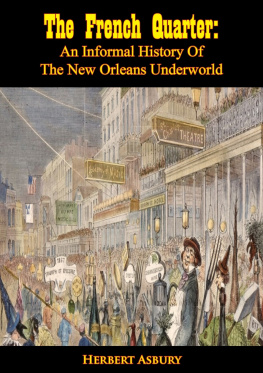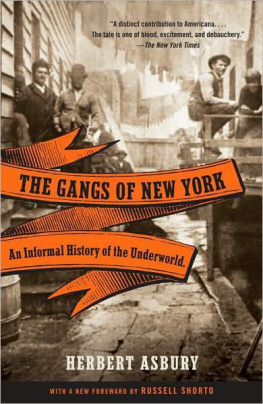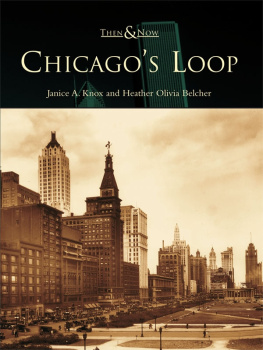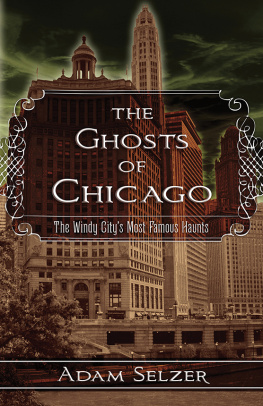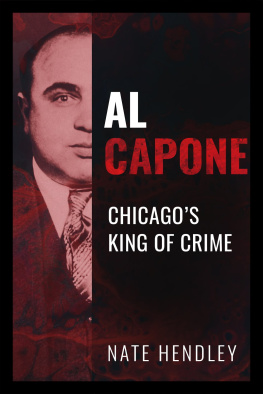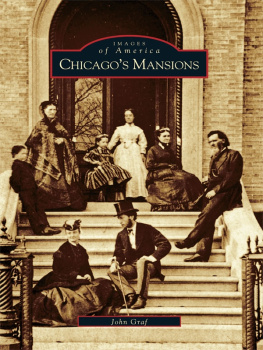CHAPTER VII
A REIGN OF TERROR IS UPON THE CITY
THE TWENTY years that elapsed between 1890 and 1910 formed one of the most spectacular periods of growth in the history of Chicago; it increased in area to almost two hundred square miles and in number of inhabitants to 2,185,283, a gain of more than a million in the two decades ; and it passed Philadelphia to become second only to New York in both population and commercial importance, with daily bank clearings of nearly forty million dollars and taxable property of an estimated value of two billions, five hundred million. Chicago, said a magazine article in 1910, is noted for the greatness of its financial institutions, for the excellence of its parks and public playgrounds, for its universities, its efficient public-school system, and for other educational, artistic, and morally uplifting institutions that give to Chicago an enlightened, a cultured, and a progressive citizenship.
But Chicago was also noted for other things for the magnitude of its crime and sociological problems, for political corruption, for the inefficiency of its Police Department; for the laxity of its building laws, which had terrible consequences on December 30, 1903, when six hundred and two persons died in the Iroquois Theater fire; and for the polyglot character of its population. Unchecked and virtually unregulated, the stream of immigration that was little more than a trickle in the 1890s reached flood proportions during the first ten years of the twentieth century. The good and the bad of Europe poured into Chicago by the thousands, bringing with them their historic customs and hatreds, their feuds and vendettas, their characteristic methods of revenge and reprisal, settling in national groups and in the main resisting the slight efforts which were made to Americanize them. By 1890, of all American cities Chicago had the largest number of Poles, Swedes, Norwegians, Danes, Bohemians, Dutch, Croatians, Slovakians, Lithuanians, and Greeks; it had become the second largest Bohemian city in the world, the third largest Swedish, the third Norwegian, the fourth Polish, and the fifth German.
As in previous boom eras, the underworld more than kept pace with other phases of municipal expansion. The two decades into which Chicago crowded such extraordinary population growth and such cultural and commercial progress also saw the partitioning of the city among the powerful gambling syndicates, the perfecting of the unholy alliance between the open brothel and the politicians, a tremendous increase in the power of the saloon-keeper, widespread corruption in the Police Department, the appearance of the Black Hand extortionists and killers in the Italian and Sicilian quarters, and the development of criminal gangs of boys and young men, precursors of the great outlaw organizations of the prohibition epoch. It was these latter elements that were principally responsible for the great outbreak of crime and lawlessness which began in 1902 and continued, with brief periods of subsidence, for half a dozen years, during which conditions in Chicago were almost exactly as they had been in 1857 and immediately following the great fire of 1871, but on an infinitely larger scale. Crime reached unbelievable proportions; literally thousands of burglaries and holdups and hundreds of murders were reported to the police. In one period of six months in 1906 there was a burglary every three hours, a holdup every six hours, and a murder every day.
The newspapers began calling the attention of Chicagos progressive and enlightened citizenship to the situation in the early summer of 1903. In the fall of that year several civic organizations announced that they would join the fight against domination by the underworld, and in December a mass meeting of citizens appointed a Committee of Twenty-five and somewhat grandiosely instructed it to eradicate crime in Chicago. The Citizens Association procured a hundred and fifty indictments against Mushmouth Johnson and others for operating policy games, but none went to jail. The cartoonist Clare Briggs designed an elaborate suit of armor to be worn by citizens when necessity called them from the shelter of their homes at night, and Mayor Carter Harrison, Jr., seriously suggested that such hardy adventurers might carry revolvers strapped outside their clothing. The Mayor promised a general cleanup, and the American sarcastically advised him to begin by making less flagrant use of the pardoning power vested in his office by the city charter; the newspaper pointed out that in six weeks, from October 1 to November 15, 1903, the Mayor had pardoned a hundred and ten men who had been sentenced to the Bridewell for robbery and other crimes. Thieves and criminals, said the American, thus are out on the streets plying their trade with revolver and slungshot almost before they have begun serving their sentences. A list was published, showing that many of the men freed had criminal records, and that in most instances the pardons had been requested by aldermen.
On December 7, 1903 the State Board of Pardons did its part toward adding to Chicagos criminal population by pardoning Jimmy Dunlap, for almost forty years one of Americas most celebrated burglars and bank-robbers, who had been sent to the State Penitentiary at Joliet in 1900 to serve a sentence of twenty years. About the same time the newspapers said that Mike Burke, a Chicago product who had stolen half a million dollars during a long and prosperous career as a pickpocket and sneak thief, was returning to Chicago to share in the great harvest of loot. The American suggested that a day be set aside to honor these famous citizens and that they be given the freedom of the city, on the ground that they would take it anyway unless it was nailed down. The following entertainment was proposed:
Banquet by the State Board of Pardons.
Luncheon at the Crooks Club by William A. Pinkerton.
Open Air Reception, by Amalgamated Association of Prominent Cits.
After the reception, a pageant, with these features in line:
Bank Robbers Concert Band.
State Board of Pardons and James Dunlap on float, representing the onward march of progress.
Bandits Fife and Drum Corps.
Mike Burke in a carriage, upon which are pinned watches, money, rings, diamonds, and purses he has stolen.
Confidence Mens Brass Band.
Local Order No. 326 of Citizens Who Have Been Robbed.
Prominent Burglars and Confidence Men in Buses.
Thugs on Horseback.
Authors of Dime Novels on Foot.
The Board of Aldermen suspended its own extensive grafting operations long enough in the late fall of 1903 to appoint a commission to investigate allegations of graft in the Police Department and to expose rumored collusion with the saloon interests and the underworld. The commission sat for weeks and heard millions of words of testimony. Eventually it revoked a few saloon licenses and made examples of a few policemen. In general, the police were exonerated, and shining with a fresh coat of whitewash the high officials of the department boasted that they would soon drive every known criminal out of Chicago; in statements to the newspapers they claimed that the city had. the finest police organization in the United States. But their boasting dwindled to pained squeaks on March 19, 1904, when the papers published the preliminary report of Captain Alexander Piper, a former United States Army officer and later Deputy Police Commissioner of New York, who slipped into Chicago with a squad of New York detectives and made an exhaustive study of the police force at the behest of the City Club. Captain Pipers report declared that Chicago had many honest, capable, and intelligent policemen, but that as a whole the force was both inefficient and insufficient, with ten per cent of its personnel either decrepit or too fat for active service, and another hundred unfit by reason of viciousness and bad habits. There was practically no discipline, no protection was given pedestrians, and no pretense was made of handling traffic. The report said that many policemen were afraid of thieves, that many lacked sufficient intelligence to cope with crooks, that many shirked their duty, that the entire force was slouchy in appearance, that many loafed and drank in saloons while on duty, and that many were in collusion with saloon-keepers. Captain Pipers investigation found but one policeman whose uniform looked neat and clean, and of all of those found drinking, only one paid for his drink. The report recommended that a thousand men between the ages of twenty-one and twenty-five be added to the police force immediately, and that another thousand be added within two years.
Next page

